Michael Alexander speaks to internationally-renowned artist Leon Morrocco RSA about a survey exhibition of his life’s work now on at The Royal Scottish Academy in Edinburgh to mark his 80th birthday.
Travel has been in the blood of artist Leon Morrocco RSA from an early age.
Thinking back to when his Scottish-Italian artist father Alberto Morrocco RSA OBE was head of the painting school at Duncan of Jordanstone College of Art in the 1950s, he has “terrific” childhood memories of family road trips from Dundee to Italy.
“We travelled a lot to Italy because we had family connections there through my father’s side,” says Leon.
“Not many people in Dundee were into travelling at that point.
“We used to live in Springfield, along the road from Duncan of Jordanstone.
“A crowd used to gather as we left because it was a kind of event when we left to drive to Rome or wherever it was we were going. Travel was in my blood at an early age.”
Leon says it was “fantastic” and “no mean feat” in those days that his mother did all the driving.
He laughs, however, when he recalls his father’s habit of getting a mile along the Perth Road then realising he’d forgotten his passport.
“We’d have to cut back and look a bit contrite as we drove back up to the house to get it!”
Developing as an artist
Now 80, and very much of the view that life is a journey, Leon, who lives between London and France, is not ashamed to admit he’s still developing as an artist.
A visual artist who still paints every day, he’s painted a lot of architecturally-inspired views of boats and houses around the Mediterranean coast over the years.
His recent work is based on the rugged mountains behind Nice in the south of France.
Moving from one subject to another has “really fired” him up, he says.
His latest creations are included in a new free exhibition running at The Royal Scottish Academy in Edinburgh until August 28.
What’s in the exhibition?
Leon Morrocco: Long Road Home, has been timed to coincide with the artist’s 80th birthday.
More than that, however, the survey exhibition celebrates the breadth of Leon’s prolific career since the 1950s.
Although Leon was born in Edinburgh, he has not lived in Scotland since 1979, and this exhibition charts the ‘long road home’ to showing in the capital this summer.
“It’s a sort of survey of practically my whole life’s output from my very early days,” he says.
“It’s a survey show rather than a retrospective if you see what I mean. Retrospective is a word used mostly for artists that have passed away, and I’m very much still involved with what I’m doing!
“This is a kind of pit stop as it were, because I’m quite involved in the work I’m doing at the moment, which is making good progress in fact.”
The earliest work in the show dates from 1956 and Leon reveals that it’s lain in a folio until now.
“When I painted this thing I was actually 14 or something,” he says.
“I was bored a bit. We were in Italy. We used to go to Italy every summer. My father would paint the whole of the holidays there and I would accompany him really at that age.
“That particular painting is a sort of gouache thing. It’s not oil paint. And I painted it with my back to my father. He was painting one view of the village and I was painting the other. It was practically my first painting actually.”
‘Inevitable’ career as painter
Brought up an artistic household where his mother was also a painter, Leon says it was a “natural progression” for him to start painting and then progress professionally.
It was also the thing he had most ability in at school and the “way ahead seemed to be fairly obvious”.
He thinks it was “inevitable” that his early work was influenced by his father, having worked so closely with him.
Over time, it would be a “long process of finding my own language”, he says.
When he enrolled at Duncan of Jordanstone College of Art in 1959, however, he realised half way through the first year of the course that it was “probably not a good idea to continue” with his father being head of the painting school.
He transferred to the Slade School of Art in London from 1960-1961, then Edinburgh College of Art from 1961-1965.
After art school, he was awarded the Andrew Grant Scholarship and an Italian Government Scholarship to the Accademia di Brera, Milan.
Allowing him to travel around Greece, Turkey and Italy, these awards catalysed the itinerant lifestyle that would define his career.
Elected an Associate of the Royal Scottish Academy at the unusually young age of 29, Leon was lecturer in drawing and painting at Edinburgh College of Art from 1965 to 1968 before taking up a similar position at Glasgow School of Art from 1969 to 1979.
Move to Australia
Driven by a desire for travel and adventure, in 1979 he left Scotland to become the head of fine art at the Chisholm Institute, Melbourne.
Leon and his family would live in Australia for 12 years.
Buoyed by gallery support, in 1984 he left academia and for the first time focused solely on his own practice.
Following several successful exhibitions in Melbourne and Sydney, in 1991 Leon and his family returned to the UK, settling in North London.
He embarked on a series of solo shows with the John Martin Gallery that have continued for over 25 years.
In 1998 they published the first monograph on his life and work, Leon Morrocco: Journeys and Observations, with a second book published in 2017 ‘A Painter’s Journey’ with introduction by the poet Liz Lochhead.
Encompassing lesser known aspects of Leon’s work, the latest exhibition not only includes early drawings from the 1950s, it continues with monumental yet intimate portraits of his family, before looking at grand tabletop still lifes from the late 60s and 70s.
NOW OPEN Leon Morrocco: Long Road Home
Highlighting lesser-known aspects of Leon Morrocco RSA’s extensive career, Long Road Home provides an insightful look at the practice of this celebrated, influential artist.
🎟️ Free entry
🗓️ 30 July – 28 August pic.twitter.com/tII9E0Dy53— Royal Scottish Academy (@RoyalScotAcad) July 30, 2022
Continuing to focus on Leon’s prolific travel-led work, the exhibition charts projects undertaken in Greece, France, Italy, Morocco, Malta, India and Australia.
The exhibition culminates with paintings and drawings from an ongoing series addressing the dramatic landscape of the Alpes-Maritimes.
This recent divergence from the figurative painting for which he is best-known, into a purer investigation of landscape, shows Leon continuing to push his practice unceasingly into his ninth decade.
While it’s been an “absolutely fantastic journey”, Leon believes his vision has stayed “fairly constant” over the years.
Excited
“I’m a visual artist and I rely on giving excitement from seeing something that really excites me,” he says.
“That’s the motivating thing. Seeing the show up on the wall, that’s what comes out for me is that there’s a constant really – that I use my eyes a lot and I draw a lot wherever I go, and the paintings are actually developed from the drawings.
“Actually all the paintings are done in London, my London studio, and not in situ.
“I do quite detailed drawings on the spot as it were.”
Leon doesn’t know if it’s his Scottish background that accounts for his work ethic.
“I work basically from 9 in the morning until 5 or 6 at night most days – taking one day off a week,” he says.
What is Leon still learning?
Asked what he’s still learning about his art, he replies that’s a “good question”.
Having painted a lot of architecturally-inspired views of boats and houses around the Mediterranean coast, his move into mountain landscapes means he now paints in a “slightly different way”.
“The subject matter is making me change my technique a bit,” he says.
“I suppose I’m loosening up a bit. Maybe that’s what one does with age. The early paintings are much tighter in that they are much more controlled. These are controlled in a slightly more looser way I suppose.
“But I’d say my whole approach is intuitive rather than intellectual.
“To answer the second part of the question about what the meaning of art is in our times, I’m not so influenced by outside art sources if you see what I mean.
“I’m much more influenced by landscape or the actual subject matter. That dictates the way I paint things.
“So any kind of style comes through that rather than thinking of style as an element, a kind of intellectual element you could actually think of consciously.
“I try not to think about style actually. It’s a bit like hand writing. It evolves. It’s just something you do.”
*Leon Morrocco: Long Road Home, runs at The Royal Scottish Academy, Edinburgh until August 28.
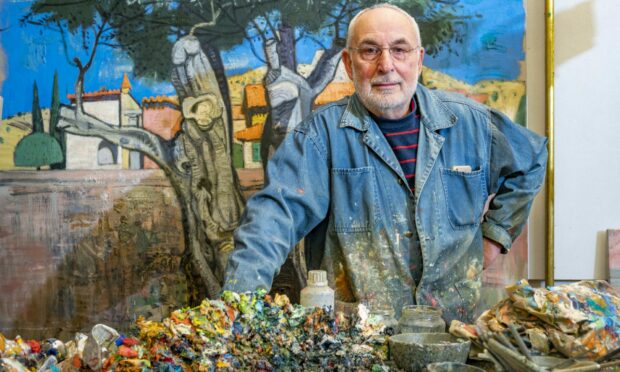
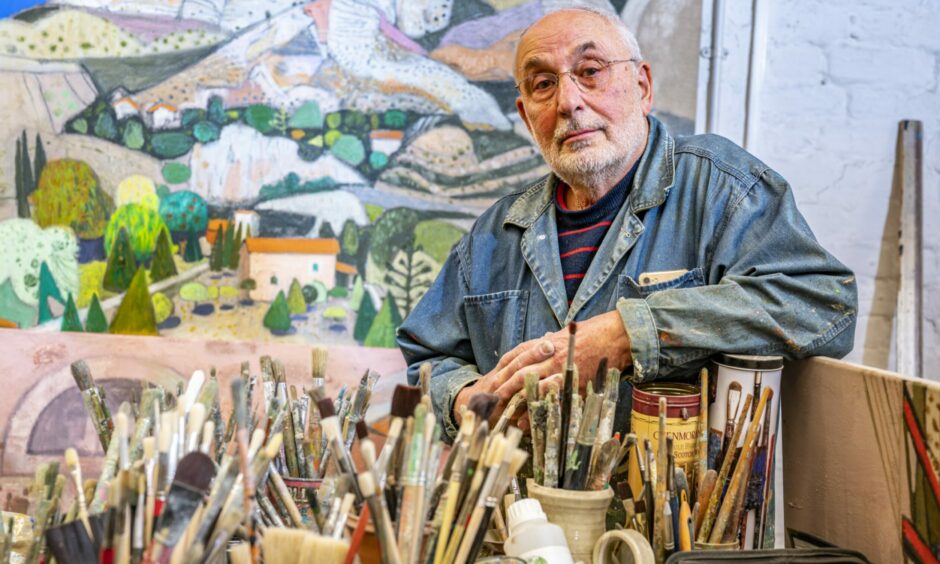
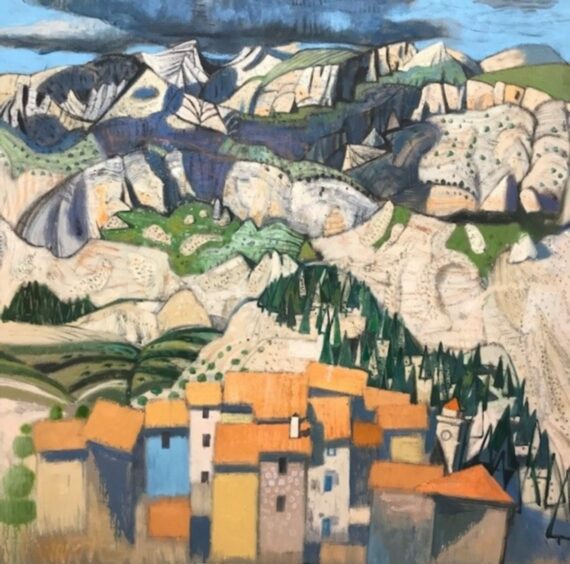
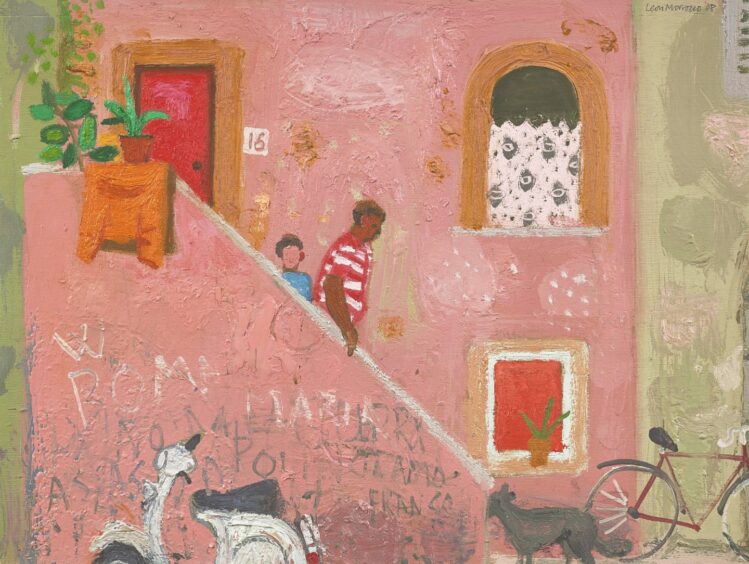
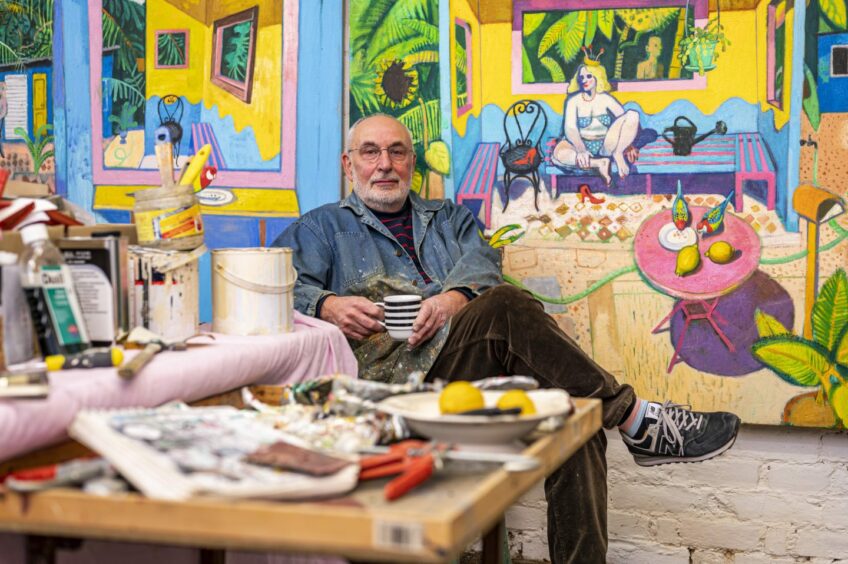
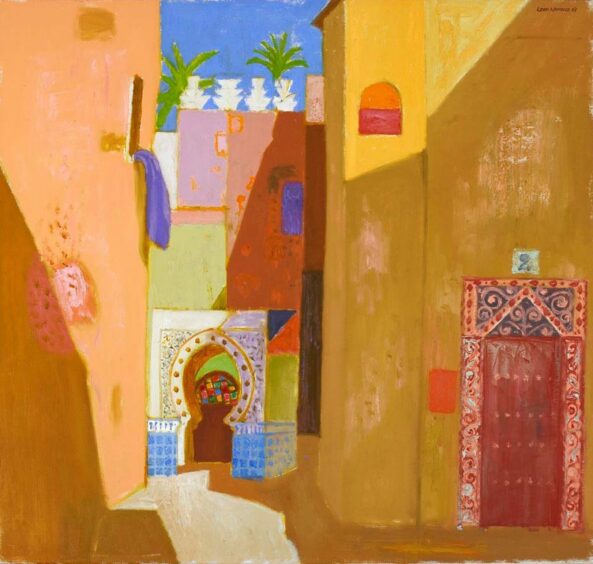
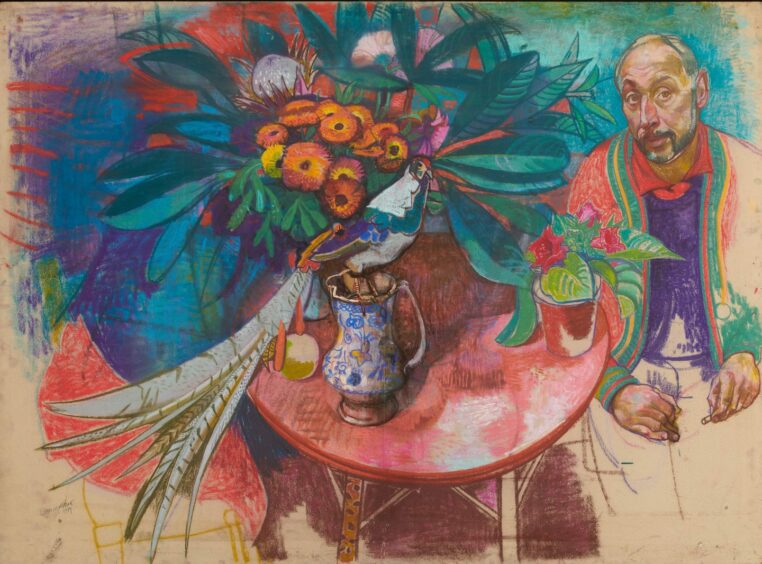
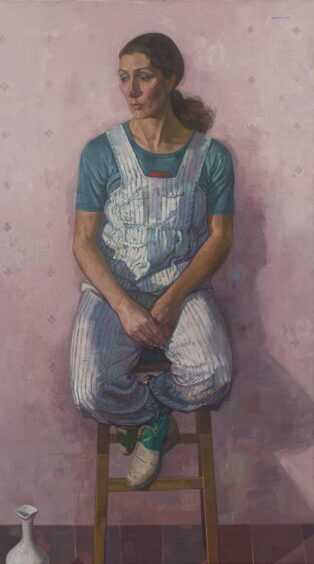










Conversation